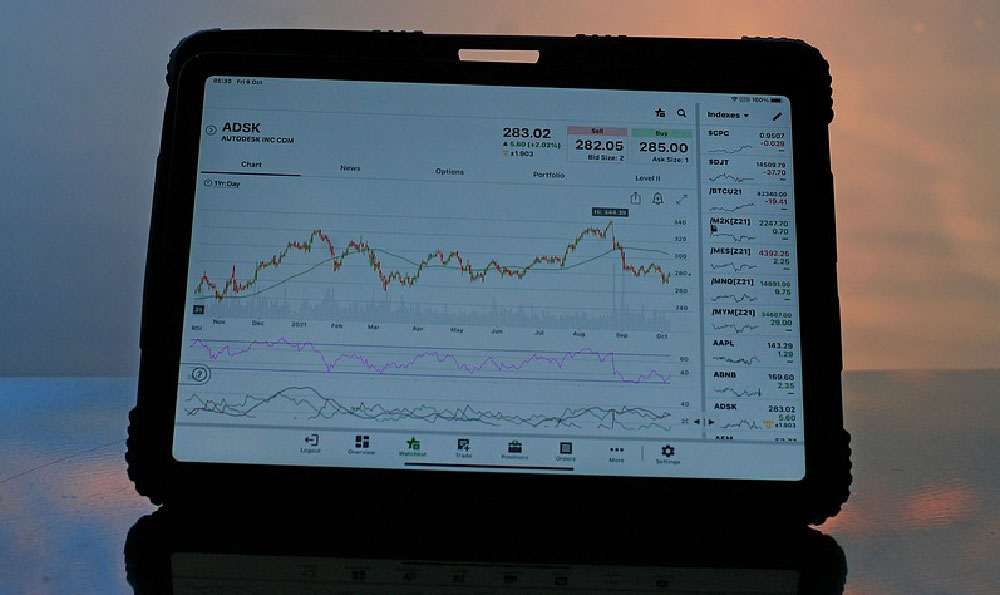
Okay, I understand. Here's an article exploring the investment potential of Sandstorm Gold, written as you requested, without the explicit title, bullet points, or numbered lists, and aiming for a comprehensive and engaging analysis, entirely in English:
Is Sandstorm Gold a name that resonates with wise investment potential, or is it simply another glittering promise lost in the shifting sands of the market? For those drawn to the allure of precious metals, but perhaps less eager to operate a mine or gamble on exploration, royalty and streaming companies offer an intriguing alternative. Sandstorm Gold is one such company, and understanding its business model, strengths, risks, and overall value proposition is crucial before deciding whether to add it to your portfolio.
Sandstorm Gold operates not as a miner, but as a financier. Instead of digging in the dirt, Sandstorm provides upfront capital to mining companies. In return, Sandstorm secures the right to purchase a percentage of the mine's future gold, silver, or other metal production at a predetermined price, often significantly below market rates. These agreements are known as royalties and streams. Royalties are typically based on a percentage of revenue, while streams involve buying a fixed amount of metal.

The beauty of this business model lies in its leverage and risk mitigation. Sandstorm benefits from rising metal prices without shouldering the full burden of operational costs. They're not responsible for managing the mine, dealing with labor disputes, navigating environmental regulations, or funding cost overruns during construction. They simply collect their pre-agreed-upon metal stream. This allows them to diversify their exposure across numerous mines and commodities, spreading risk and creating a more stable revenue stream than a traditional mining company might achieve.
Consider a scenario: a junior mining company needs funding to develop a promising gold deposit. Instead of taking on debt or diluting existing shareholders through equity financing, they partner with Sandstorm. Sandstorm provides the necessary capital, and in return, secures the right to purchase 10% of the mine's gold production for $400 per ounce. If the market price of gold rises to $2,000 per ounce, Sandstorm effectively earns a substantial margin on each ounce they purchase, while the mining company gets the capital they need to operate.
However, investing in Sandstorm Gold, like any investment, comes with inherent risks. While the business model mitigates many operational risks, it's not entirely risk-free. One major concern is counterparty risk. Sandstorm's success depends on the mining companies fulfilling their obligations under the royalty and streaming agreements. If a mine faces financial difficulties, operational challenges, or regulatory hurdles, production may be delayed or halted altogether, impacting Sandstorm's revenue stream.
Another critical factor is the quality of Sandstorm's portfolio of royalties and streams. Not all mines are created equal. Some mines may have lower grades, higher operating costs, or shorter lifespans than initially projected. This can reduce the profitability and longevity of Sandstorm's agreements. Thorough due diligence is therefore paramount to ensure that Sandstorm's investments are in high-quality, sustainable projects. The company's expertise in evaluating mining projects and negotiating favorable terms is a key differentiator.
Furthermore, macroeconomic factors play a significant role in Sandstorm's performance. The price of gold, silver, and other precious metals is influenced by inflation, interest rates, currency fluctuations, geopolitical events, and overall investor sentiment. A decline in metal prices can negatively impact Sandstorm's revenue, even if production remains stable. Therefore, investors need to have a view on the future trajectory of precious metal prices before investing in Sandstorm.
Beyond the external factors, the management team's expertise and track record are critical. A skilled management team can effectively manage risk, identify promising investment opportunities, and negotiate favorable agreements. Conversely, poor management decisions can lead to costly mistakes and undermine the company's long-term prospects. Investors should carefully examine the experience, integrity, and alignment of interests of Sandstorm's leadership team.
So, should you buy Sandstorm Gold? There's no simple yes or no answer. It depends on your individual investment objectives, risk tolerance, and understanding of the precious metals market. If you're looking for a way to gain exposure to the upside potential of precious metals while mitigating some of the operational risks associated with traditional mining companies, Sandstorm Gold may be a suitable option. However, it's crucial to conduct thorough research, understand the risks involved, and carefully assess your own investment goals before making a decision.
Before investing, consider Sandstorm's valuation relative to its peers, analyze its portfolio of royalties and streams, and evaluate the management team's track record. Look at their financial statements, including revenue, cash flow, and debt levels. Consider the potential impact of fluctuating metal prices and assess the strength of their counterparty relationships. Finally, compare Sandstorm's valuation to other royalty and streaming companies to determine if it's trading at a premium or discount. By taking a holistic approach and considering all these factors, you can make an informed decision about whether Sandstorm Gold is the right investment for you. Remember, diversifying your portfolio and only investing what you can afford to lose are fundamental principles of sound financial planning.





